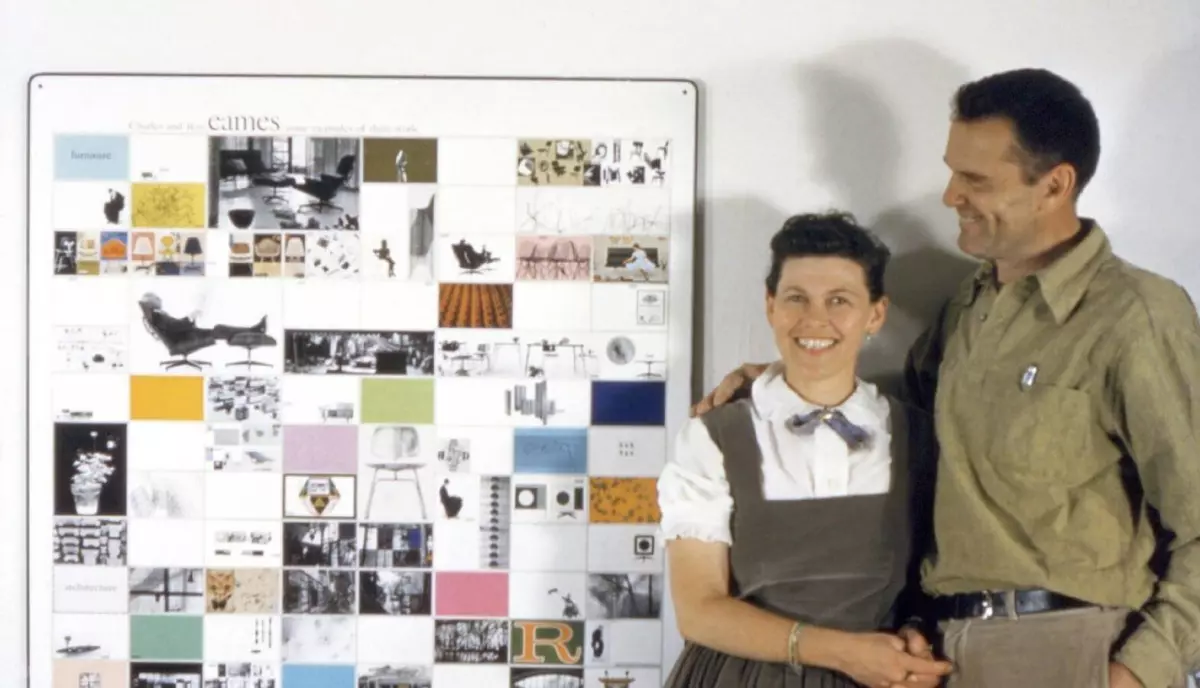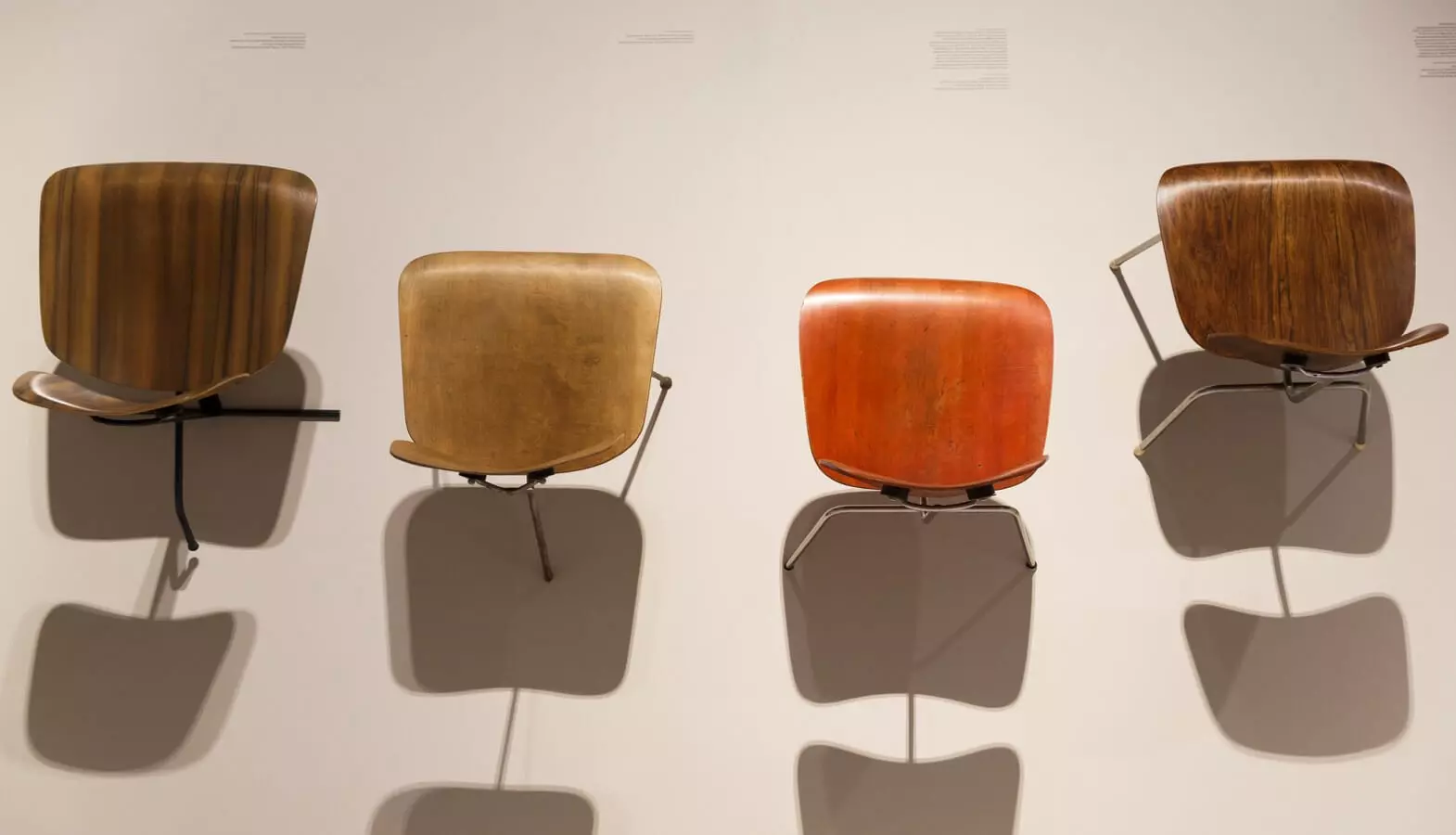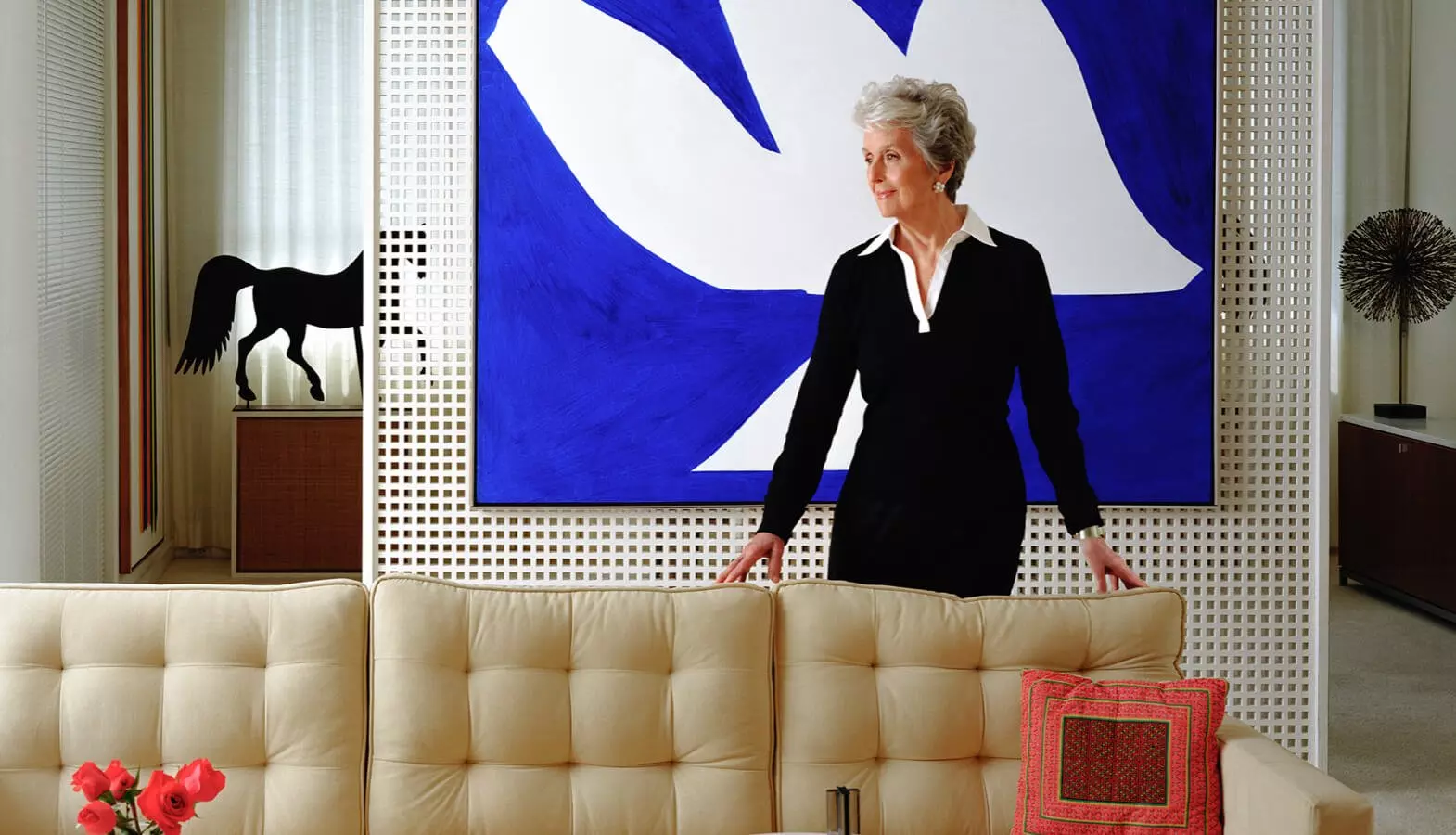It's astonishing how midcentury modern design continues to captivate us even after 50 years. Step into any Target or West Elm, and you'll witness its enduring popularity. The impact of this iconic design era remains undeniable.
But what makes midcentury modern design stand the test of time? Why are people still drawn to its aesthetic all these years later? Let's explore these questions and more as we delve into the world of midcentury modern design.
What is midcentury modern design?
Midcentury modern design refers to a movement that influenced interior and exterior spaces, architecture, and graphic design from 1933 to 1965. The term "midcentury modern" was coined by Cara Greenberg in her book, "Midcentury Modern: Furniture of the 1950s," a must-read for design enthusiasts.
Although there is no single look that defines the midcentury modern aesthetic, a shared optimism unifies this design era. It represents a fresh start, an era of excitement and livability following World War II. This optimistic mindset, combined with new construction and manufacturing materials, paved the way for the greatest design achievements of the modern age.
Famous midcentury modern furniture designers
The midcentury era brought us quintessential designers who offered a glimpse into the future, transforming the 19th century into a modern and beautiful 20th century. These designers were heavily influenced by organic materials and the world's growing fascination with science fiction, skyscrapers, and futuristic homes. Their goal was to create furniture that was not only beautiful but also functional and accessible.
Charles and Ray Eames
Two of the most renowned midcentury modern designers were Charles and Ray Eames. This remarkable husband and wife team epitomized playfulness, resourcefulness, and imagination. In addition to designing stunning furniture, they also dabbled in graphic design, toys, and filmmaking. Their versatility made them the poster children of the era's design sensibilities.
 The world-famous Eames chairs
The world-famous Eames chairs
"Eventually everything connects - people, ideas, objects. The quality of the connections is the key to quality per se." ― Charles Eames
Some of their most iconic works include the DSR chair, the Lounge Chair and Ottoman, the Hang-It-All, and the Task Chair.
Florence Knoll
Another notable midcentury designer was Florence Knoll. Hailing from Detroit, Knoll showcased her talents from a young age. She revolutionized office design and organization, bringing a distinct style to post-war office spaces. Her legacy lives on in modern furniture, architecture, and interior design. You can still find her designs at knoll.com.
 An office space designed by Knoll
An office space designed by Knoll
"She had that ability, to critique [something], to tear it apart and put it back together. She was something else." - Bob Longwell
Hans Wegner
Hans Wegner, a Danish master, was another notable designer of the era. He specialized in sofas and tables and became synonymous with well-crafted and stylish furniture through his prolific work. Wegner's attention to detail and thoughtfulness earned his style the label of "organic functionality." He designed over 500 chairs, including the iconic "The Chair" and the Wishbone Chair.
 “The Chair”
“The Chair”
The midcentury architectural revolution
Architects of the midcentury era also embraced advancements in technology, leveraging new materials and construction methods to emphasize the minimalist aesthetic of midcentury architecture. The structures showcased a clean, modern look that harmonized with the natural surroundings.
Organic materials such as stone, marble, and wood were fundamental to midcentury modern homes. Architects prioritized natural light and sought to integrate the outdoors into the living spaces. These modern homes epitomized style and success, with a few legendary architects setting the bar for excellence.
Philip Johnson
Leading the charge was Philip Johnson, an American architect best known for his Glass House in Connecticut. Johnson used dark colors and organic materials to create a sense of calm and order in his homes, embodying the era's architectural themes.
William Krisel
Another legend of the midcentury era was William Krisel, known for his affordable residential housing with a modern aesthetic. He designed over 30,000 homes in Southern California throughout his career. Twin Palms Estates, his most celebrated midcentury modern neighborhood in Palm Springs, featured affordable homes with pools and precisely two palm trees as landscaping.
Pierre Koenig
Lastly, Pierre Koenig, a private architect who worked with influential figures like Raphael Soriano, made significant contributions to midcentury modern architecture. His Case Study Houses No. 21 and 22 have become iconic post-war L.A. homes. Koenig's design style and sensibilities continue to inspire designers to this day. He also shared his knowledge as a professor of architecture at USC.
Futuristic and nostalgic, all at the same time
Midcentury design has become deeply ingrained in American culture, and its resilience is awe-inspiring. Many of the finest pieces by the designers we highlighted earlier are still available today. Companies like MidMod, Herman Miller, and Knoll offer reproductions of these timeless designs. They were created with purpose, bringing style and comfort to people's everyday lives.
Yet, the appeal of midcentury modern design extends beyond lines, shapes, and textures. It reminds us of our ability to innovate and create, evoking our best selves. Above all, it represents the bright future we continually strive for.
So, as you explore the world of midcentury modern design, remember that it's not just about furniture and architecture. It's about capturing the spirit of a bygone era while embracing a vision of a better tomorrow.









